
On 15th August 2020, Samunnati launched its Agri Startup Engagement Platform –
Samaarambh, exclusively to support the start-up ecosystem and innovations in the
agriculture sector in India. The launch was organized in the presence of eminent personalities
of the agri ecosystem.
Prof. Ramesh Chand, Member, Niti Aayog and XV Finance Commission, was the Keynote
Speaker at the launch and shared his insights on why there is a need for Agri tech start-ups to
enter in a big way in the agri sector in India. The areas start-ups should focus on should be not
just bringing in new technology but also taking knowledge to farmers and looking at new age
markets. He also mentioned that start-up entrepreneurs can truly be change agents in bringing
about transformational growth in the agri sector.
Below is the full speech of Prof. Ramesh Chand during the launch.
Dear All,
Good morning and happy Independence Day to all of you. Shree Anil Kumar jee, CEO of Samunnati, Prof Jhunjhunwala, Parvesh ji and other participants in this webinar. I have joined this webinar to listen to you and to learn more on your activities, how you plan to increase your engagement in the new environment for agriculture and agri-business that has been created with agri policy reforms and initiatives of Government of India but I have been asked to speak as the second speaker. It’s fine, I will try to set the context for the meet and share my views on new opportunities for Startups and Agritech firms.
I would just like to go a little bit into background that will be helpful in appreciating the role of our startups and why we need startup in agriculture. I intentionally want to do this because I find among the 220 plus participants who joined the webinar so far, there are people from agriculture, research institutes, industry and other backgrounds.
If we look at the last 25 years or so we find that lot of fascinating changes have happened in almost all spheres of economic activities in the Country. You can see the new kind of technology that has come into banking, communication, entertainment, health, transport, power, trade and commerce, electronics. Along with this you will also find that per unit cost of output and services have come down. Whatever power was available to us say at ₹6 per unit, solar power is giving that to us at Rs. 2-3 per unit. Similarly, you look at the technology in products; the kind of refrigerator, television, computer which was in use 20 years back was in a crude form and you can buy same or even better quality product at much lower price in real term and in some cases even in nominal terms. The technology has helped us in achieving that in a big way. Similarly, in medical science everywhere I find fascinating changes. You can get your knee replaced. When it comes to agriculture you just find that these fascinating kind of changes, technological changes or disruptive changes are hardly visible – neither they are visible in agriculture production nor they are visible in agriculture marketing except in a few isolated cases here and there.
One may say if there is no new kind of technology then how come India is able to sustain its growth rate in agriculture at 3% and now little more than even 3%. The reason is that technology in India has been spreading in parts. Forty to fifty years back in Punjab, then Haryana, parts of Andhra and Tamil Nadu. The we saw big growth in MP, Gujarat. Now technology spreading in eastern India. Since technology in agriculture has come in phases at different times, as a result the country as a whole is able to maintain the growth momentum but you will find that by and large type of technology which was created during late 1960s and 70s is leading the growth. We did not witness new breakthrough kind of technology from Public sector again except small cases here and there. Another serious issue related to our steady growth in agriculture is that growth has been costly as it has been driven by higher use of inputs which necessitated increasing marginal cost curve. This has so many implications to which I will come later, and, I look towards the agritech startup to address those issues. Our agricultural surpluses are rising but we are getting outpriced in global market. So, we need to address the issue of cost, efficiency and competitiveness.
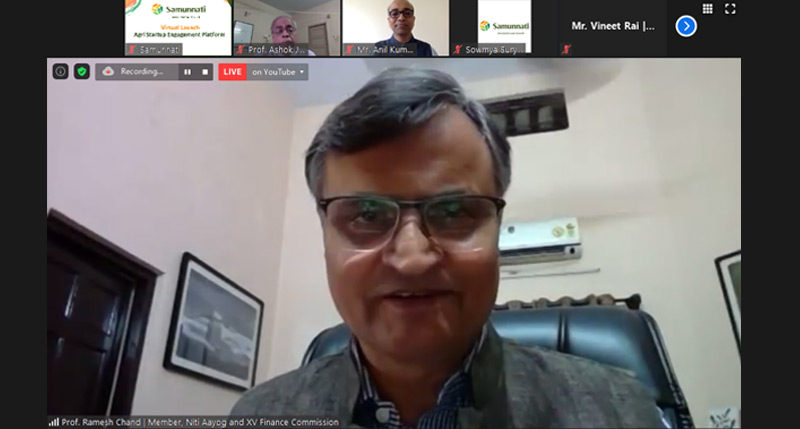
An important reason for absence of breakthrough kind of innovations not experienced in crop, livestock, fishery has been that we have excessively depended on national agriculture search system for innovation in agriculture production and delivery. I also come from that system, and I actively engage with them which helps me in capturing the nature and implications of agri R&D in public sector. Agriculture research in public institutions is saddled with the plant breeding developing new varieties, coming with the plant protection, and fertilizer. You control one pest and another pest comes. Then you get busy in developing pesticide and then working on fertilizer and to some extent on natural resource management. The breakthrough or transformative kind of innovations as we have seen in space research, IT, automobile, are neither mandated to national agriculture search system nor they themselves venture into it. So that explain the situation we are in and I feel that if startup and others had entered into agriculture in a significant way probably we would not have been in the difficult situation in which agriculture is now where we have to give large sum of subsidies and support to sustain growth in agriculture. Besides, we are giving huge food subsidy exceeding Rs. 3 lakh crore and still large number of people continue to suffer from undernutrition and malnutrition. So this takes me to place my hope on Agritech Startups.
I sometime used to think why startup did not come into agriculture despite many talented and bright young mind yearning to change face of agriculture, rural India and farmers. I think this space for you was very restricted. The regulatory environment was not conducive, finance was not there so many things. That is the reason that you find that uberisation of taxies happened so quickly all over India but uberisation of tractor services, mechanization services remained non-existent just restricted to a few pocket and a few thousand farmers. But the environment now is changing. We have organizations like Samunnati which are supporting Startups, and Central government has undertaken significant reforms in agri policy to create a favorable environment for you.
My expectation from agri startup is that they will make agriculture growth more efficient, more sustainable, more competitive and more rewarding for the producers and consumers. Work towards goal of higher output per unit of inputs leading to lowering of average cost of production in agriculture in real terms. People Anil ji and Prof Jhunjhunwala know it very well that if average cost is rising then price must be increased otherwise nobody will produce more. This is what has been happening in agriculture that either you keep input price at same level, like around ₹300 per bag of Urea, or give higher and higher price for output. This is one of the reasons that farmer keep asking for higher MSP because we are not able to reduce average cost of production. So growth rates in agriculture in India has been driven by prices of output and terms of trade for agriculture are driving growth. Without improvement in favor of terms of trade in favor of agriculture you just find that agri growth rate slows down so it has turned our agriculture totally dependent on increase in price to sustain level of growth.
You will be aware that our ex-mill sugar delivery is priced at Rs.34 per kg internationally you can buy whatever quantity you want at Rs.23-25 a kg look at the difference, our prices nearly 50% higher and we have large surplus of sugar. Similarly, maize in international market is available at ₹1200 and we’re giving MSP around Rs.1700 per quintal. Even in rice our competitiveness is getting eroded and it looks like soon we will lose the competitiveness.
It is also important to explain why we require domestic prices to be lower than the international prices. Our population growth in 1980s and till mid 1990s was more than 2%. It has come down to about 1.4 percent and in a few years our population growth rate is likely to fall to 1%. While growth rate in human population has halved over 30 years but growth rate in food production remain at or above 3 percent. Another source of increase in domestic food demand is per capita income. Population and income together will create around 2.25 % overall growth rate in domestic demand for food. Simple implication of this is that least 1/3rd of increase in food production must be sold in overseas market. If we can’t do that because we are not globally price competitive than we face the risk of price collapse or huge burden on fiscal resources to pay price support through some mechanism.
So I feel that this is a big challenge for which I look at startups and I also look at my own fraternity to focus their research on reducing average cost of production. Secondly, in some commodities we are not inefficient producers but we are inefficient supplier because cost of marketing, transport, other logistics is so high that we become inefficient supplier despite being efficient producer. In such cases innovation in marketing and value chains is needed which again is an area where startup can play a major role. The third important area for Startup is dissemination of improved knowledge to farmers. Today everyone talk of KVK (which are funded by ICAR) for agriculture extension. We have one KVK with scientific strength of only 5 experts. They are poorly funded and operate with skeletal infrastructure. You talk to KVK person they will tell you they still not get the 7th pay commission. So you can imagine that with this kind of motivation, reach and resources how 5-6 experts can cover entire district. The other tier of agri extension is State level extension machinery. Their strength has seen sharp decline over time. So things are worsening. To address this we require new method of extension, how we can take technology transfer to digital platforms. I find startup having a special competitive advantage to take new technology new knowledge to farmers through ICT and using digital technology.
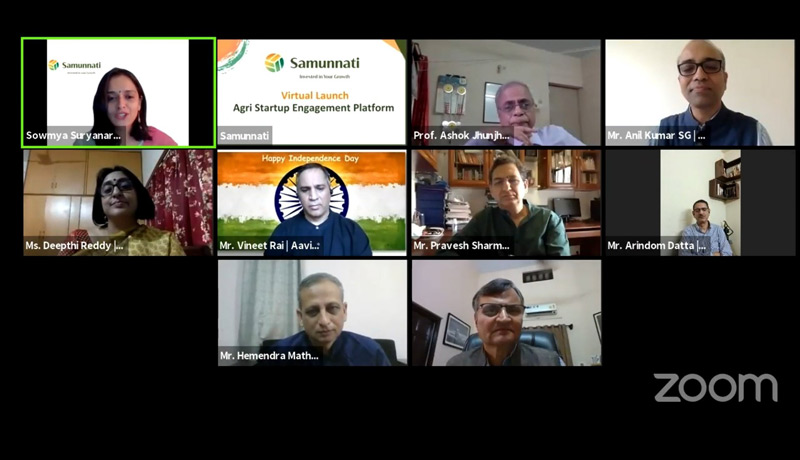
I’ve already spoken about export route for surplus generation. The 2nd route is the processing route. For a long period the growth rate in processing or food was lower than what were the growth rate in raw food production remained higher than the growth rate in food processing. Things change only in the last three years before that food processing show even negative growth in some years the implication of this is that we are possessing lesser and lesser percent of what we are producing. When more surplus appear on the scene a country should be possessing more and more also because demand is shifting towards the processed products. I would like startup to deal with surplus through export route and its disposal through agro processing, food processing kind of things.
The number of high income consumers is rising. They are spending very small fraction of their total expenditure on food. They don’t mind to pay premium price for the food of their choice which is perceived to have some quality traits, healthy, immunity booster. You take that message from consumer to producer and get those kinds of food produced by establishing a link through value chain or whatever you call it. This I feel is other area there you need to work. so I can keep on listing some more factors that why today there is a need to encourage startups why today there is need to multiply supply startups and why today there is need to scale up activity of startups.
Now coming to opportunities and new environment for startups. I think 5th June 2020 will prove to be a watershed event in the history of agriculture development. Three policy reforms which had been done have paved the way for agri startup and private investments into agri production and post-harvest activities. I feel that these policy changes two will make big difference to future agriculture and agribusiness. Government has not left it there. To provide support to these reforms Agriculture Infrastructure Finance Fund has been announced as a Central Scheme. This include debt financing facility for which Startup are also eligible; they can take a loan of up to ₹4 crore out of which interest subvention of 5% is allowed upto loan of Rs. 2 crore for seven years. I feel this will be a great help for small startups.
I think startups should look at what kind of new age market will be needed and then plunge into that area. Under the Central Agriculture Trading Act provision is kept for direct purchase, setting up of E Platform which were earlier not allowed under the APMC Acts of various states. The new law is expected to create multiple options for sale/purchase of farm produce beside sale/purchase through APMC markets. I hope you would like to have a look at new regulation, emergence of new age market and the structure of agriculture. As you know 86% of our farm holdings are below 2 hectares. To expect a resource poor small farmer to purchase modern machinery and do things by herself is unrealistic. Let me elaborate with examples. If there is some pest/disease on some crops and a farmer has only one acre area, first you expect him to have a Spray pump, then information on right pesticide, then knowledge of how to spray, what dose, what precautions. Instead, if we have aggrotech firm which provide pest control service it can be win-win situation for farmers and firm. So, I would like to see that rather than having shop for selling pesticide why don’t we sell pest control services. I hope some startups will think in this direction and in the area of farm machinery services.
I find that Samunnati has taken cognizance of scale, size and need of our land holdings and they are promoting Startup ecosystem for serving environment. Samunnati is undertaking 3 important activities. The first is finance, that people have wonderful ideas but they do not have money to start this idea some IIT graduates somebody after serving for long life long time earning a lot of money in USA and elsewhere want to come back and serve the motherland and there are so many people they talk to me they want to do something and they want to do this in agriculture but they do not have finance. So, I am happy that Samunnati is into non-banking finance facility extended to start ups. Secondly, many people with good knowledge of IT do not have good knowledge of background in agriculture. I find that the second function or second activities is that you will help start up in developing the set of solution for agriculture and 3rd is that telling them that where they should go and how they work with the farmers, how to start value chain. So, all these three activities which you have mentioned as a “Samaarambh” I find it is “shubh arambh” i.e. auspicious beginning. I would like to conclude by saying that your initiative now looks small, I read all those figure you have given they’re significant they’re important but given size of India they look small but I feel that your small initiative will prove first giant step in the long journey to attract agri startup for transformation of agriculture.
Read more about Samaarambh- Samunnati’s Agri Startup Engagement Platform https://samunnati.com/samaarambh/
You can access the Samaarambh platform here, https://samaarambh.samunnati.com/
Watch the Samaarambh Launch Program video here,
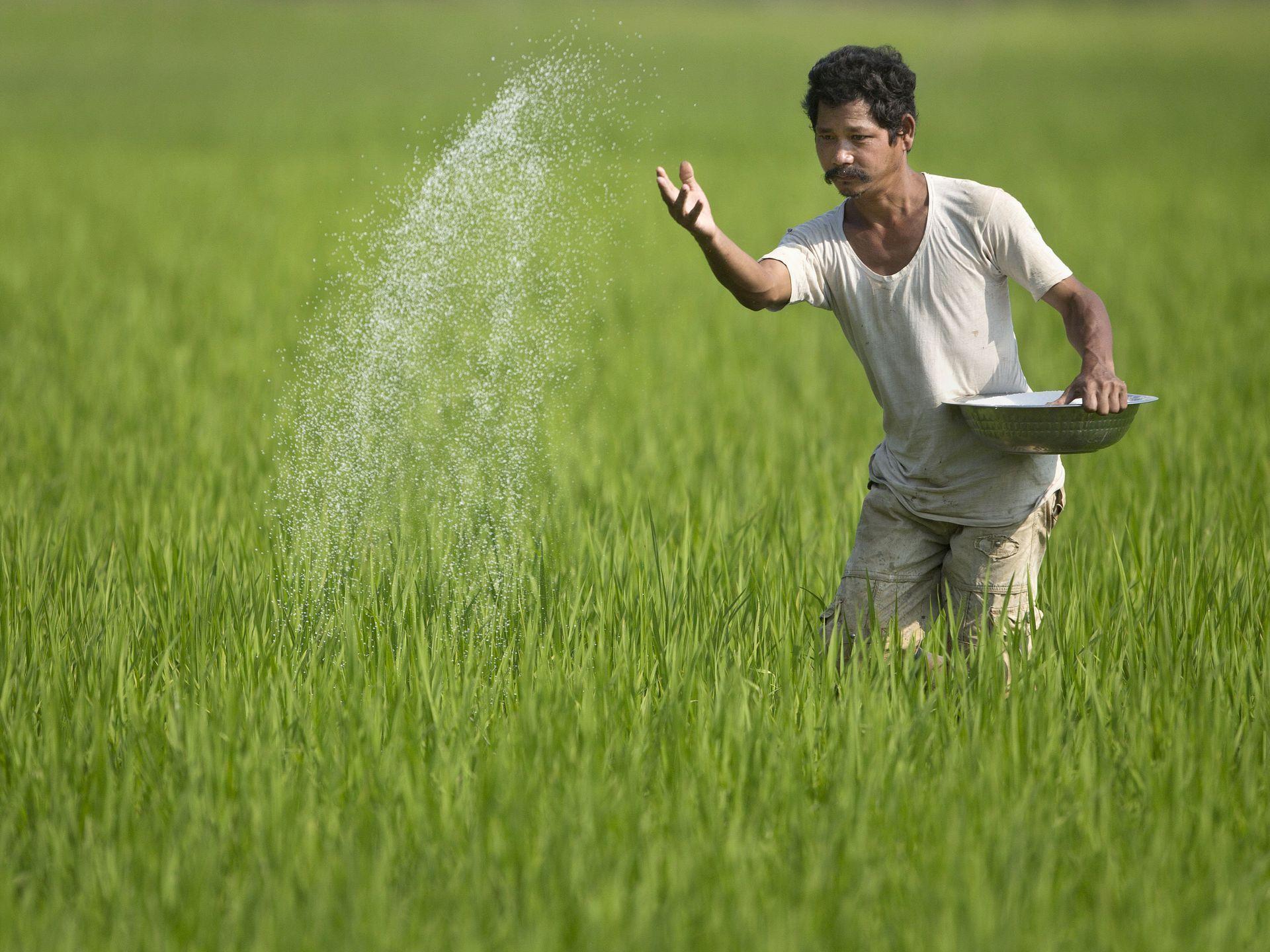
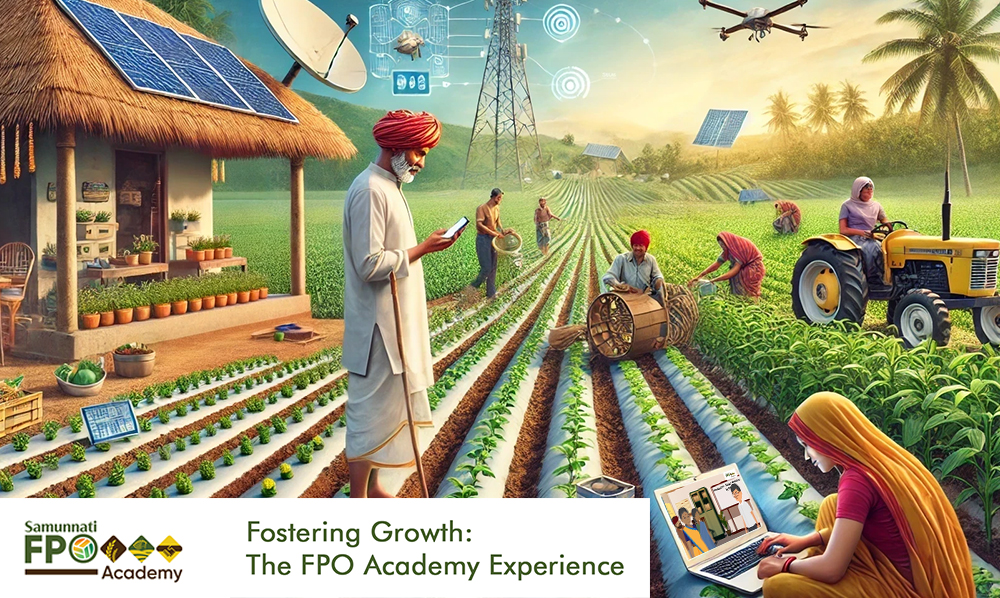
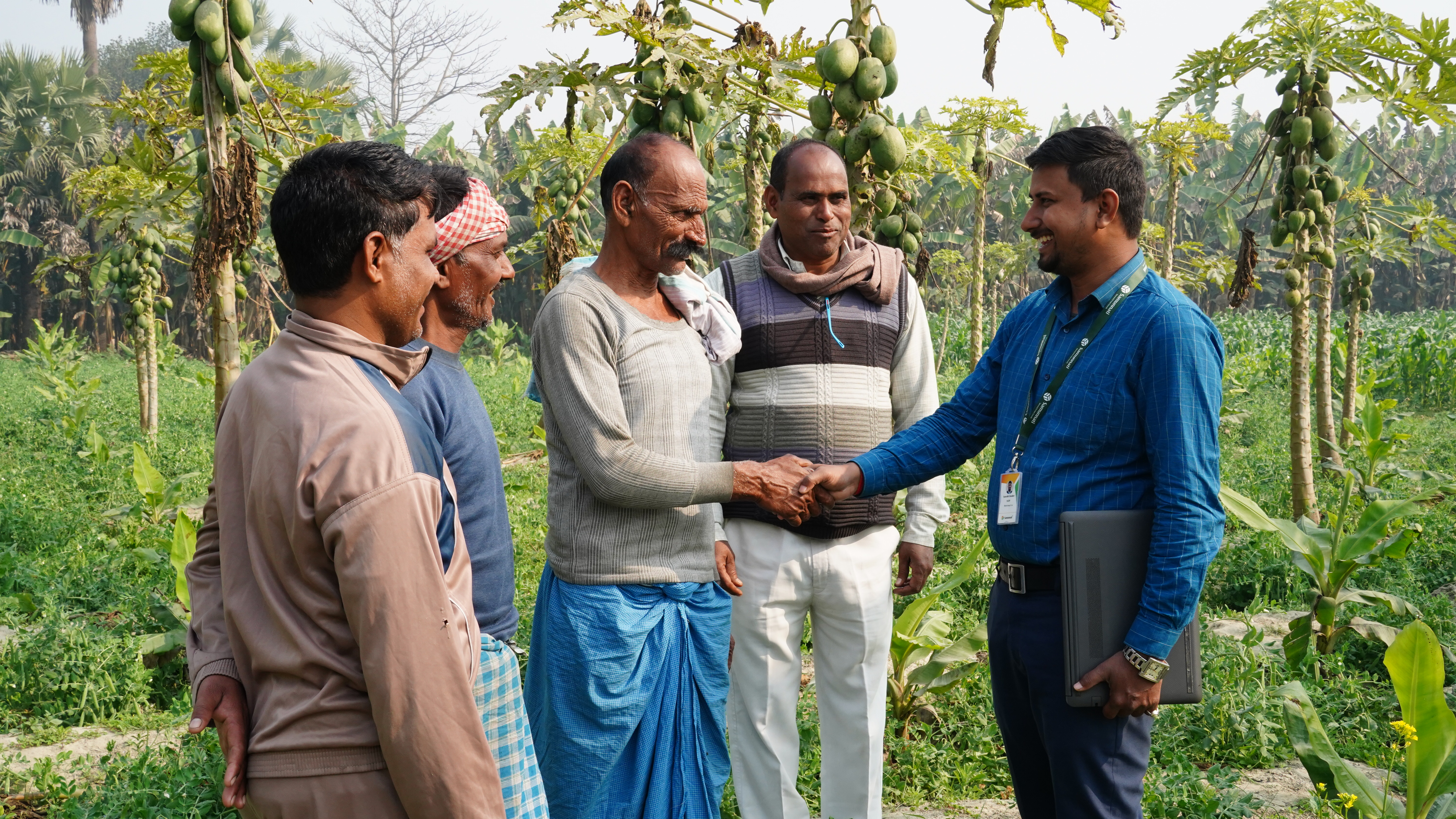
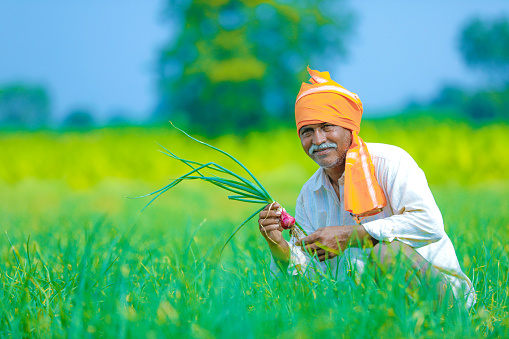
Leave A Comment